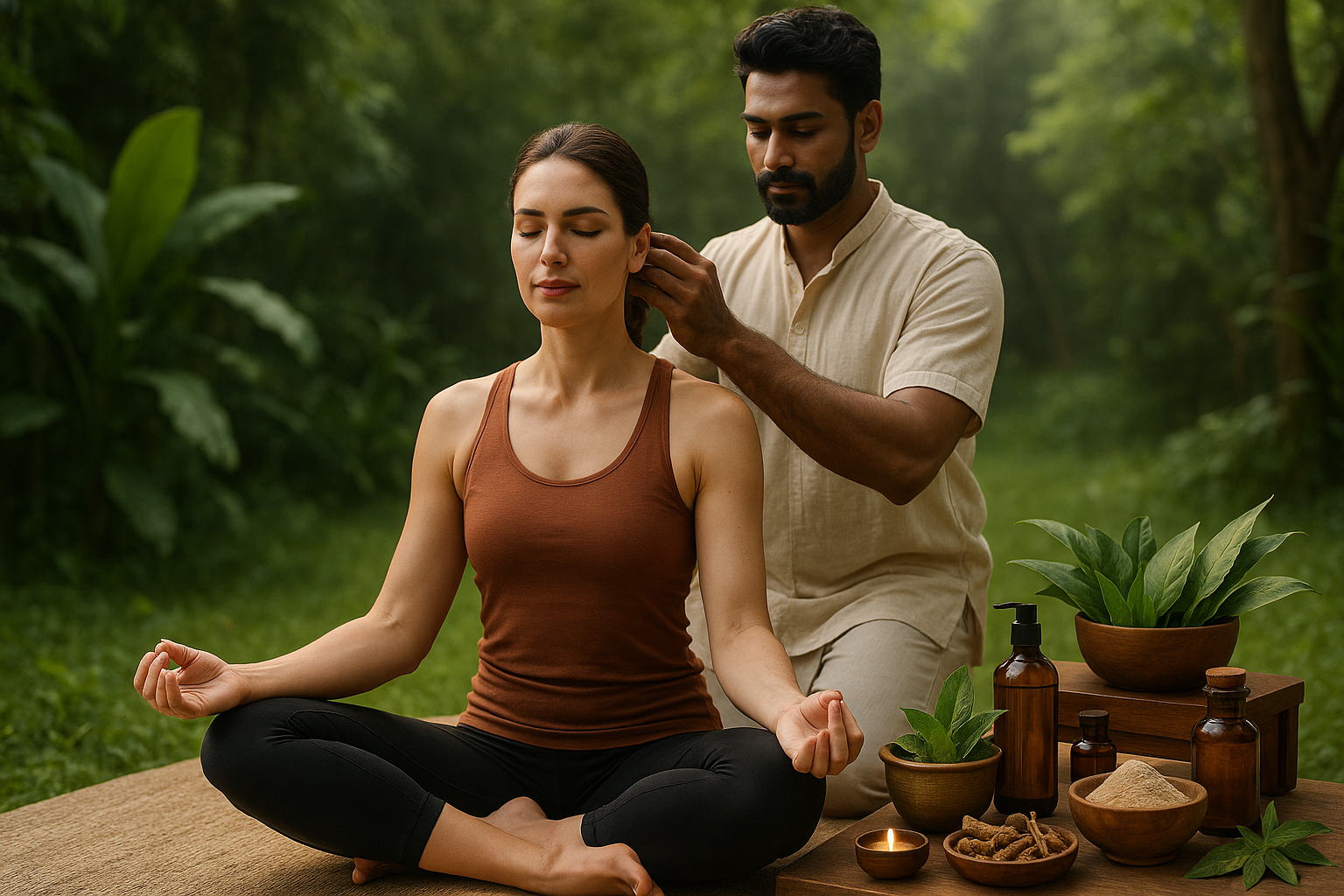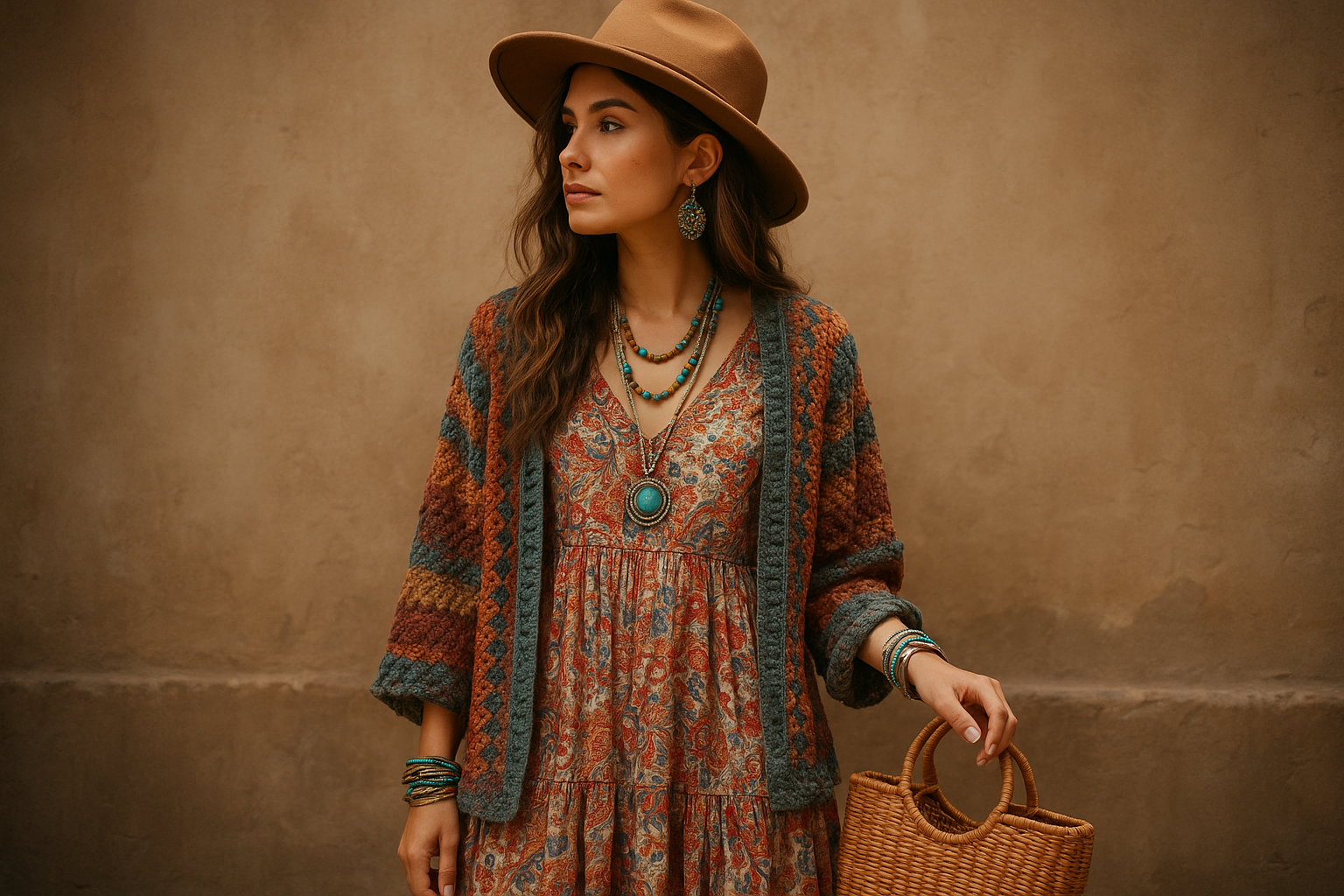Rekindling the Power of Traditional Indian Wellness: Ayurveda in Modern Beauty and Fitness
Beauty and fitness are more than just superficial aspects of our lives. They are integral to our wellbeing, and increasingly, people are turning to ancient wisdom to guide their journey to optimal health. One such wisdom is Ayurveda, a holistic health system from India that is gaining traction worldwide. This article delves into the historical context of Ayurveda, its impact on the beauty and fitness industry, and how it continues to shape trends today.

The Roots of Ayurveda: A Historical Overview
Ayurveda, which translates to “the knowledge of life” in Sanskrit, is a 5,000-year-old system of holistic health from India. It emphasizes balance in all aspects of life — physical, mental, and spiritual. Unlike the modern approach to health that often focuses on treating symptoms, Ayurveda aims to eliminate the root cause of illness.
The practice of Ayurveda is tied to Hinduism and was documented in ancient scriptures called the Vedas, specifically the Atharva Veda. It was further expanded in the classical texts of Charaka Samhita and Sushruta Samhita, which laid the foundation for Ayurvedic principles and treatments.
Ayurveda in the Modern Beauty and Fitness Landscape
In recent years, Ayurveda has caught the attention of the global beauty and fitness industry. Its holistic approach, which advocates for balance and natural remedies, resonates with the growing consumer preference for wellness that is sustainable and mindful.
In the beauty sector, Ayurveda’s focus on natural ingredients and personalized care is driving product innovation. Brands are incorporating Ayurvedic herbs like neem, turmeric, and amla into their offerings, touting benefits such as improved skin health, anti-aging properties, and stress relief.
The fitness industry, on the other hand, is seeing a surge of interest in Ayurvedic principles that promote mindful exercise and balanced nutrition. Yoga, an integral part of Ayurveda, has seen a global rise in popularity. Similarly, Ayurvedic dietary guidelines, which suggest eating according to one’s body type or ‘dosha’, are gaining recognition.
The Impact and Relevance of Ayurveda in Today’s Market
The rise of Ayurveda in the global market is not just a passing trend. It represents a shift in consumer behavior towards wellness practices that are holistic, natural, and personalized.
Market research firm Grand View Research reported that the global Ayurvedic market size was valued at USD 5.5 billion in 2020 and is expected to expand at a compound annual growth rate (CAGR) of 12.7% from 2021 to 2028. This growth is significantly driven by the beauty and fitness segments, reflecting the increasing consumer adoption of Ayurvedic principles and products.
Debunking Ayurveda: Evidence-Based Benefits
While Ayurveda has its roots in ancient wisdom, modern science is starting to uncover the evidence behind its practices. Research has shown that Ayurvedic herbs can have potent antioxidant, anti-inflammatory, and anti-aging properties. Ayurvedic diet and lifestyle guidelines have also been linked to improved digestion, weight management, and stress reduction.
It’s important to note, however, that while Ayurveda can offer numerous benefits, it should not replace conventional medical advice. Always consult with a healthcare provider before starting any new health regimen.
Ayurveda’s Future in Beauty and Fitness
As the beauty and fitness industries continue to evolve, the influence of Ayurveda is likely to grow. The demand for natural, personalized, and holistic wellness solutions is on the rise, and Ayurveda fits seamlessly into this narrative.
The future may see more brands incorporating Ayurvedic ingredients and principles into their products, more fitness programs inspired by Ayurvedic philosophy, and more consumers adopting an Ayurvedic lifestyle for overall wellbeing.
In conclusion, the resurgence of Ayurveda in the modern beauty and fitness landscape represents a return to nature and balance. It’s a testament to the enduring wisdom of ancient practices and their relevance in our pursuit of health and wellbeing.




